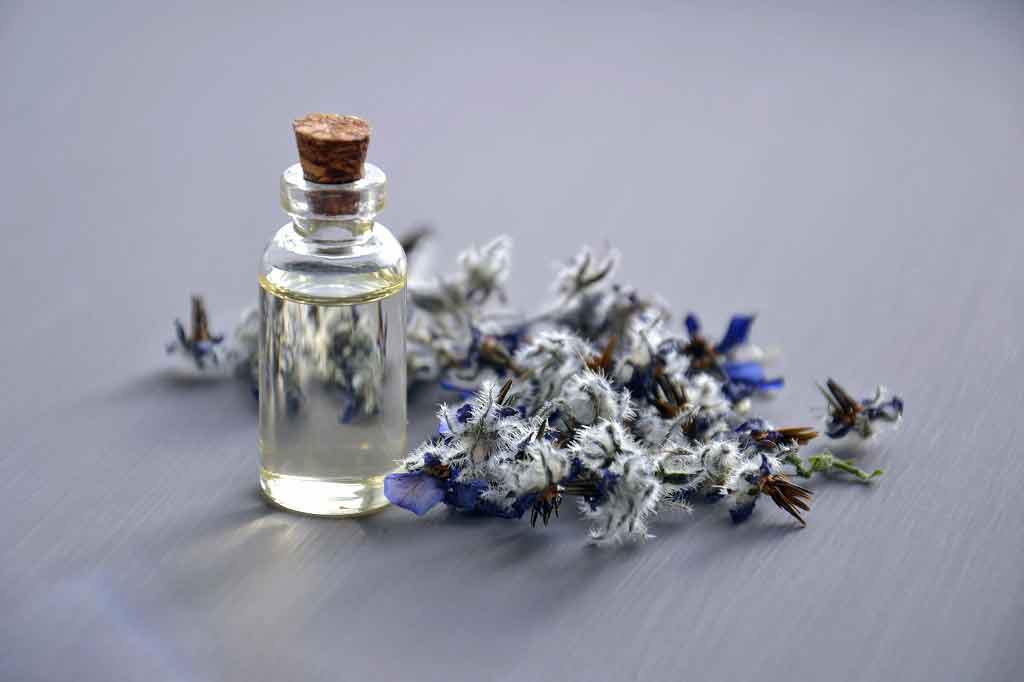'Spray-on-skin' treatment for leg ulcers
Mental health
“Spray on skin to help leg ulcers,” The Daily Telegraph headlines, reporting that scientists have developed a skin spray consisting of a “soup of skin cells and proteins” that can be used to treat venous leg ulcers...
“Spray on skin to help leg ulcers,” The Daily Telegraph headlines, reporting that scientists have developed a skin spray consisting of a “soup of skin cells and proteins” that can be used to treat venous leg ulcers.
This clinical trial investigated the use of a new spray treatment to heal venous leg ulcers, which are a complication of a condition where the valves in the veins of the leg do not work very well. The new spray (HP802-247) consisted of a combination of donated skin cells and proteins. The researchers wanted to see if use of the spray, in addition to standard treatment for venous ulcers, could accelerate the process of healing.
The results from the trial were promising. They are likely to lead to further trials testing the safety and effectiveness in larger numbers of people with venous ulcers.
The potential value of this spray is that it could treat those people whose skin will not heal with conventional treatment (such as compression bandages and dressings), and for whom the only alternative option could be skin graft.
Where did the story come from?
The study was conducted by researchers from the University of Miami and other institutions in the US and was funded by Healthpoint Biotherapeutics, a biotech company that specialises in wound care products. The study was published in the peer-reviewed medical journal The Lancet.
The reports on this research throughout the media were generally accurate.
What kind of research was this?
This was a phase 2 randomised controlled trial that compared different concentrations and dosing frequencies of a new treatment for venous leg ulcers, called HP802-247.
Venous leg ulcers are a complication of a condition where the valves in the veins of the leg do not work very well (this is called deep venous insufficiency). The valves normally prevent blood flowing backwards and help the blood flow towards the heart. When they are damaged the blood begins to pool in the veins of the legs. This increases pressure of blood in the veins causing blood to ooze out and collect in the smaller veins underneath the skin. This damages the skin and potentially causes the skin to break down to form a venous ulcer. The study reports that between 1.65 and 1.74% of adults aged 65 years are affected by venous ulcers. These ulcers are most commonly found above the inner ankle bone. The standard treatment of venous ulcers is usually supportive. This involves care of the skin to prevent infection, application of a compression bandage and keeping the legs elevated as often as possible to try to help the blood flow back up the veins of the legs. However, the authors report that only between 30 and 75% of venous leg ulcers heal completely, with the remainder becoming chronic with the only treatment option being skin graft.
The new treatment is a form of cell treatment applied as a spray. It contains keratinocytes, which are the main cell type in the outer layer of the skin, and fibroblasts, a cell type found in connective tissue. These cells had been grown in the laboratory and were originally derived from newborn foreskin samples (removed during circumcision). This was a phase 2 trial that aimed to see whether the new treatment was effective and safe, and to find out the best dose to use. If the results of phase 2 trials are positive (as these trial results were) they will usually be followed by larger phase 3 trials.
What did the research involve?
Between 2009 and 2011 this study enrolled adult patients being treated for venous leg ulcers in outpatient clinics at 28 centres in the US and Canada. To be eligible patients had to have venous insufficiency confirmed by an ultrasound scan, and to have up to three venous leg ulcers. At least one of the ulcers had to measure between 2cm squared and 12cm squared and served as the target ulcer for treatment. The ulcer had to have been present for between six and 104 weeks. They excluded people with poorly controlled diabetes or other medical conditions that could affect the integrity of the skin.
A total of 228 participants were randomly assigned to one of five treatment groups:
- 5 million cells per ml every seven days (45 patients)
- 5 million cells per ml every 14 days (44 patients)
- half a million cells per ml every seven days (43 patients)
- half a million cells per ml every 14 days (46 patients)
- control solution (no skin cells) every seven days (50 patients)
Both researchers and patients were not aware of the dose or frequency they were receiving (the trial was double blinded). To enable this, patients assigned to treatment every 14 days (either concentration) also received control spray on the intervening weeks so all patients received a treatment every seven days.
All five groups also received four-layer compression bandage treatment for their ulcers. Bandages were applied over the spray and changed weekly. Patients had weekly assessments of their ulcer for 12 weeks, or until the wound was no longer draining fluid and had developed a new covering of skin without need for dressing. Complete wound closures were confirmed after two additional weeks of compression.
The main outcome of interest was the mean (average) percentage change in wound area at the end of 12 weeks.
What were the basic results?
A total of 205 patients (90%) completed treatment, but all 228 patients were included in the analyses.
The HP802-247 spray improved the main outcome of interest. Patients who had received the treatment had significantly greater mean reduction in wound area than those who received the control spray alone. The greatest benefit was observed with the lower dose of half a million cells per ml given every 14 days, which gave a statistically significant 16% greater reduction in wound area than control (95% confidence interval 5.56 to 26.41%).
The results of the other treatment groups were:
- half a million cells per ml every seven days: a non-significant 9% improvement compared with control
- 5 million cells per ml every seven days: a significant 12% improvement compared with control
- 5 million cells per ml every 14 days: a non-significant 8% improvement compared with control
By week 12 of the trial 70% of people who received half a million cells per ml every 14 days had wound healing, compared with 46% in the control group.
There was no difference in the rate of adverse effects between the groups.
How did the researchers interpret the results?
The researchers conclude that venous leg ulcers can be healed, without the need of skin graft, with a spray formulation of keratinocytes and fibroblasts at an optimum dose of half a million cells per ml every 14 days.
Conclusion
These are promising results from a well-designed phase 2 trial that has investigated the use of a new spray treatment to heal venous leg ulcers. The study found the best results with a dose of HP802-247 spray of half a million cells per ml every 14 days, which gave a 16% improvement in wound area compared with control spray. The other three doses gave between 8 and 12% improvements compared with control, but only the 5 million cells per ml every seven days dose was statistically significant. There were also no adverse effects of treatment.
The results suggest that this treatment may help ulcers to heal, without the need for skin grafts, which is sometimes the only option for chronic ulcers that will not heal with supportive care alone. However, the researchers do acknowledge that this trial only included people with a wound area less than 12cm squared, which they say represents about 80% of all venous leg ulcers, but a smaller proportion of chronic venous leg ulcers that will not heal with supportive care alone. They also say that only including people whose ulcer had been present for less than two years meant that they included a potentially more responsive population in their trial. This means that the current trial results may not apply to people with chronic venous leg ulcers, and the effectiveness of this treatment for larger and more persistent ulcers has yet to be examined. The results of this phase 2 trial are likely to lead to larger phase 3 trials to further investigate the effectiveness and safety of the treatment.
It should be remembered that, although this treatment may help the skin to heal, unfortunately it will not be able to cure the underlying problem of venous insufficiency (where blood pools in the legs as a result of incompetence of the valves in the veins of the legs), which caused the ulcers to develop. Often, even when a venous ulcer heals, another will develop.
The common way of healing current venous ulcers, and preventing venous ulcers from recurring, is to use compression stockings (usually prescribed by the treating health professional) to improve the flow of blood back up the legs, in addition to taking care of the skin and addressing other lifestyle factors that may worsen the problem (such as smoking and obesity). Read more about how to reduce the risk of developing venous ulcers.
In this trial all patients received standard compression bandage treatment. If further clinical trials demonstrate the success and safety of this treatment for venous ulcers, and it is eventually approved as a treatment, it is still likely to be used alongside such standard supportive care treatments for venous ulcers and venous insufficiency.
Analysis by *NHS Choices. Follow Behind the Headlines on twitter*.






 Subscribe
Subscribe Ask the doctor
Ask the doctor Rate this article
Rate this article Find products
Find products





